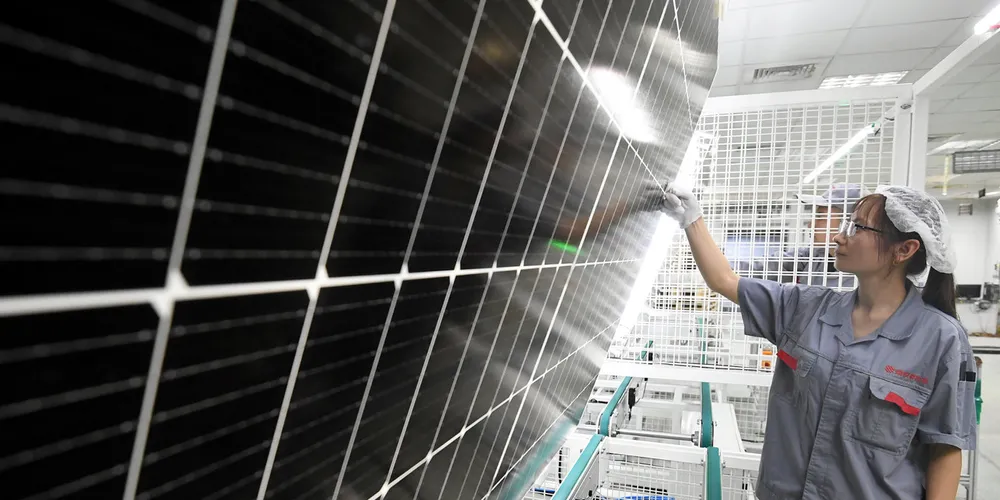China to hit 3.3TW of wind and solar by 2030 on road to energy self-sufficiency: Goldman Sachs
Investment giant's research arm sees nation exceeding current 2030 target almost threefold, with huge impact on energy imports

Investment giant's research arm sees nation exceeding current 2030 target almost threefold, with huge impact on energy imports
